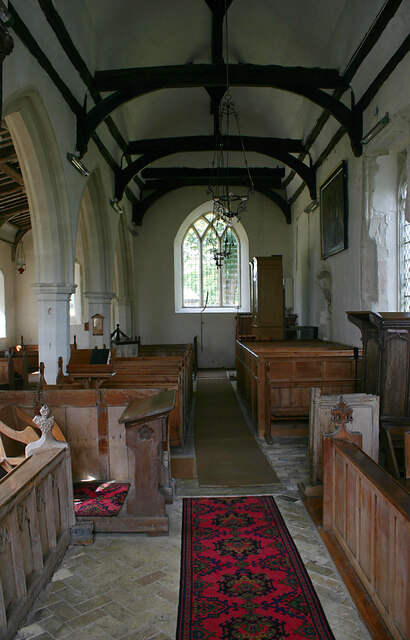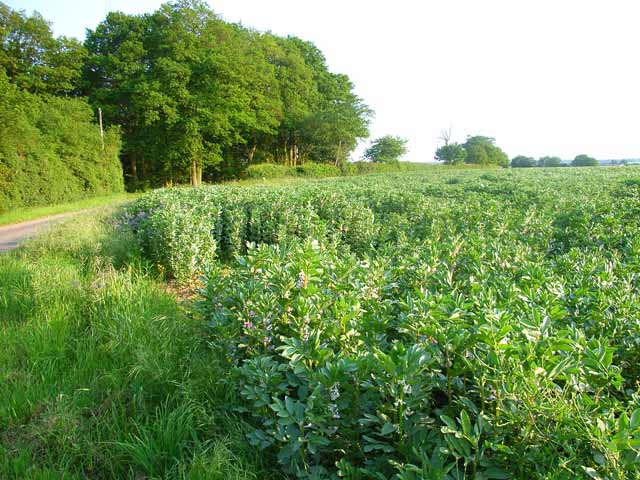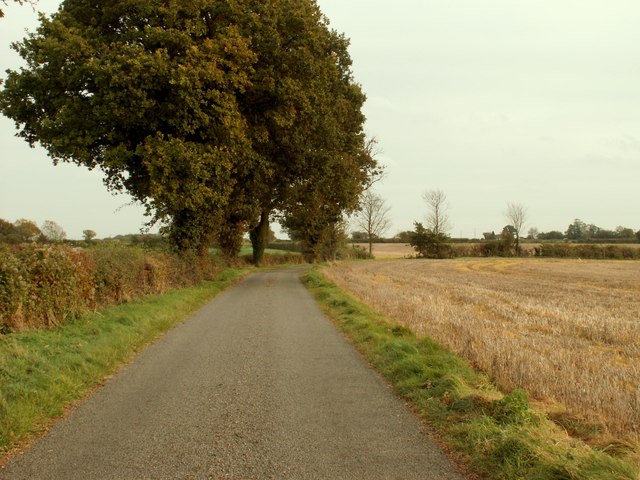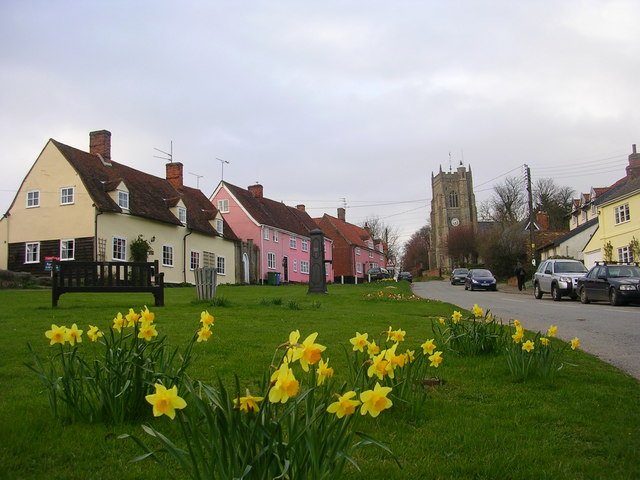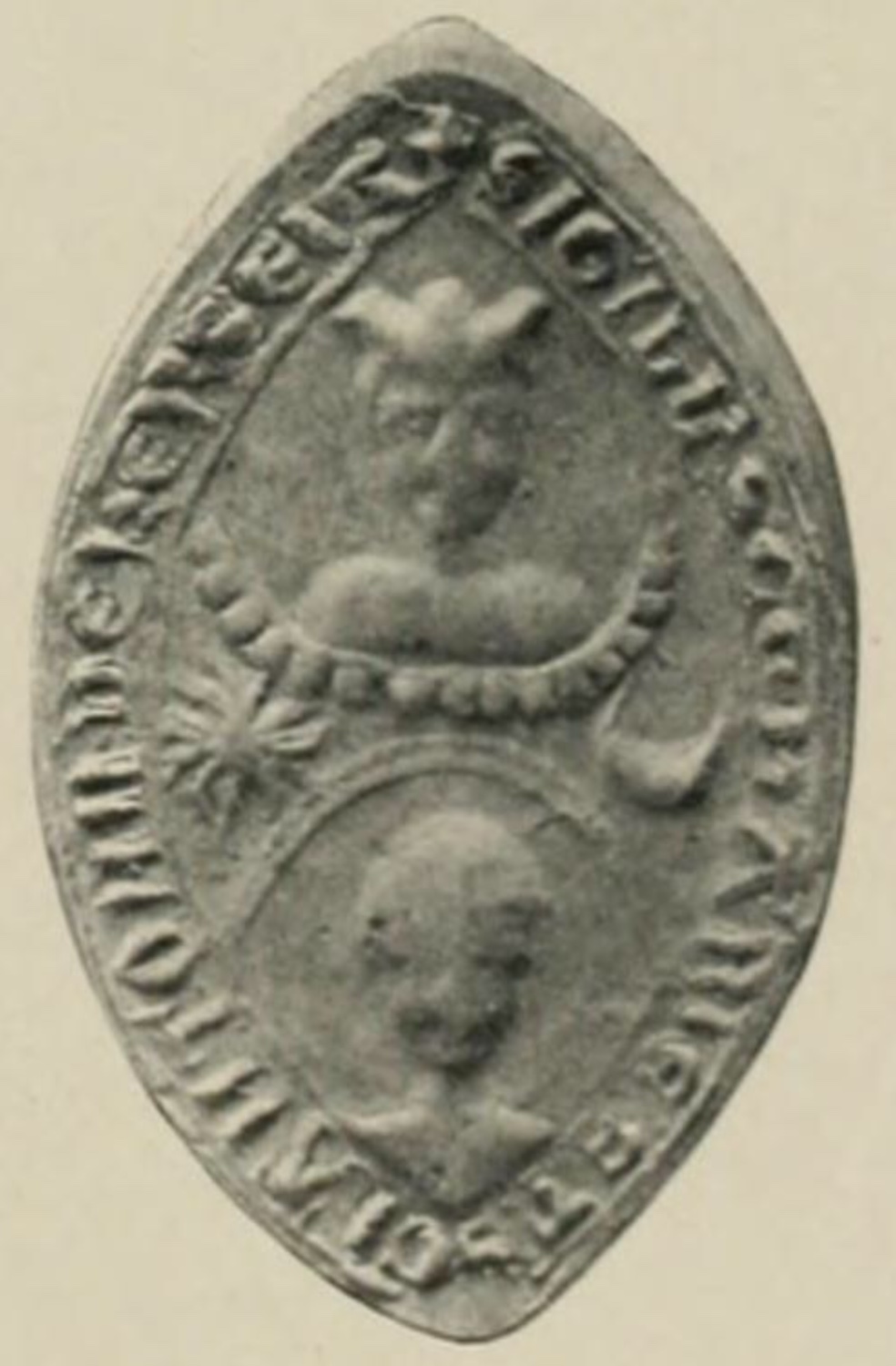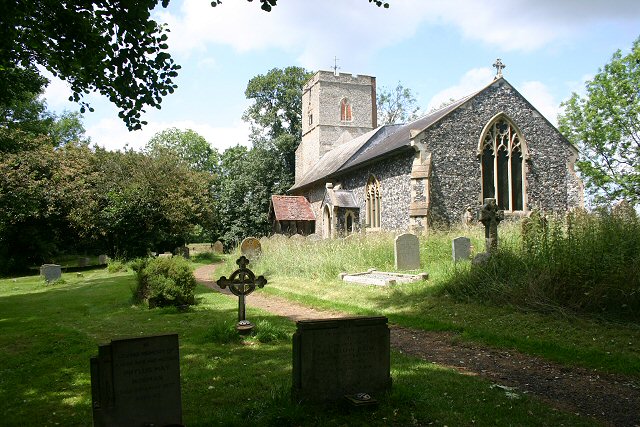Lindsey
Settlement in Suffolk Babergh
England
Lindsey

Lindsey is a small village located in the county of Suffolk, England. Situated in the eastern part of the country, it is nestled within the picturesque countryside and is known for its idyllic charm and peaceful atmosphere. The village is part of the district of Babergh and falls under the jurisdiction of the civil parish of Boxford.
The history of Lindsey dates back centuries, with records indicating its existence as far back as the Domesday Book in 1086. Over the years, it has retained much of its traditional character and is home to a number of historic buildings, including St. Peter's Church, which dates back to the 13th century.
Although Lindsey is a small village, it boasts a strong sense of community and offers a range of amenities for its residents. These include a village hall, a primary school, and a local pub, providing a focal point for social gatherings and events. The village is surrounded by beautiful countryside, offering ample opportunities for outdoor activities such as walking, cycling, and exploring nature.
Lindsey is well-connected to the nearby towns of Ipswich and Colchester, both of which offer a wider range of amenities, including shopping centers, restaurants, and cultural attractions. The village itself enjoys a peaceful rural setting, making it an ideal place for those seeking a quieter lifestyle away from the hustle and bustle of city living.
Overall, Lindsey in Suffolk offers a charming and tranquil setting, combined with a strong sense of community, making it a desirable place to live for those seeking a rural retreat.
If you have any feedback on the listing, please let us know in the comments section below.
Lindsey Images
Images are sourced within 2km of 52.067852/0.883637 or Grid Reference TL9744. Thanks to Geograph Open Source API. All images are credited.


Lindsey is located at Grid Ref: TL9744 (Lat: 52.067852, Lng: 0.883637)
Administrative County: Suffolk
District: Babergh
Police Authority: Suffolk
What 3 Words
///horseshoe.breakfast.questions. Near Bildeston, Suffolk
Nearby Locations
Related Wikis
Lindsey, Suffolk
Lindsey is a small village and a civil parish, located in mid-to-south Suffolk, under the purview of Babergh District Council. == Layout == The parish...
Groton Wood
Groton Wood is a 20.2-hectare (50-acre) biological Site of Special Scientific Interest north-east of Groton in Suffolk. It is owned and managed by the...
Monks Eleigh
Monks Eleigh is a village and a civil parish in Babergh, Suffolk, United Kingdom, situated on the tributary to the River Brett in a rural area. The parish...
Kersey Priory
Kersey Priory was a priory in Kersey, Suffolk, England. It was founded before 1218 as a hospital dedicated St Mary the Blessed Virgin and St Anthony under...
Milden, Suffolk
Milden is a small village and civil parish in the Babergh district, in Suffolk, England. Located around four and half miles from Sudbury. In 2011 the parish...
Semer, Suffolk
Semer is a small village and civil parish in Suffolk, England. Located adjacent to a bridge over the River Brett on the B1115 between Hadleigh and Stowmarket...
Milden Castle
Milden Castle was a motte-and-bailey castle on Foxburrow hill in Milden, a village in Suffolk, England. It was built in the 12th century, but today all...
Kersey, Suffolk
Kersey is a village and civil parish in the Babergh district in Suffolk, in the east of England. The main street has a ford across a stream. Its principal...
Nearby Amenities
Located within 500m of 52.067852,0.883637Have you been to Lindsey?
Leave your review of Lindsey below (or comments, questions and feedback).


